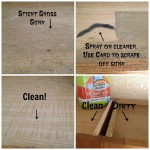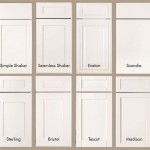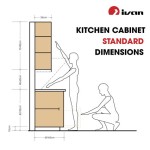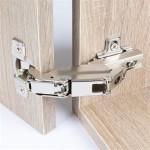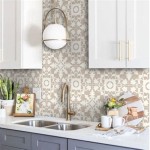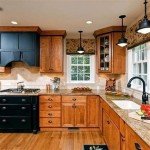Essential Aspects of Revit Kitchen Cabinets
Revit Kitchen Cabinets are critical kitchen elements that combine functionality and aesthetics. Their significance lies in the ability to enhance kitchen organization, improve workflow, and create visually appealing spaces. Understanding the essential aspects of Revit Kitchen Cabinets is crucial for designers and homeowners seeking optimal results.
This article delves into the key aspects of Revit Kitchen Cabinets, providing insights into their vital role in creating functional and stylish kitchens.
1. Design and Functionality
The design of Revit kitchen cabinets determines their overall aesthetic appeal and functionality. Designers must consider factors such as cabinet size, shape, and style to ensure they complement the kitchen's layout and meet the homeowners' needs. Cabinet design also includes the selection of materials, such as wood, laminate, or metal, which impact durability and visual appearance.
2. Storage and Organization
Revit Kitchen Cabinets provide ample storage space for kitchen essentials, including cookware, utensils, and appliances. They feature various storage options such as shelves, drawers, and pull-outs, allowing users to organize their belongings efficiently. Proper cabinet organization enhances kitchen functionality and simplifies daily tasks.
3. Material and Quality
The material used for Revit Kitchen Cabinets plays a crucial role in their longevity and durability. Solid wood cabinets offer exceptional strength and durability, while laminate cabinets provide affordability and ease of maintenance. Metal cabinets are known for their sleek appearance and resistance to moisture. The quality of materials and construction determines the overall performance and lifespan of the cabinets.
4. Hardware and Accessories
Hardware components, such as hinges, handles, and drawer slides, contribute significantly to the functionality and aesthetics of Revit Kitchen Cabinets. High-quality hardware ensures smooth operation, durability, and a stylish appearance. Accessories like pull-out shelves, lazy susans, and spice racks enhance the efficiency and convenience of the kitchen.
5. Customization and Flexibility
Revit Kitchen Cabinets offer a high level of customization to cater to specific kitchen requirements. They can be tailored in terms of size, shape, style, and finish to match the overall design scheme. This flexibility allows designers to create unique kitchen spaces that meet the individual preferences and needs of homeowners.
Understanding these essential aspects of Revit Kitchen Cabinets is paramount for achieving optimal kitchen design. By considering factors such as design, storage, material, hardware, and customization, designers and homeowners can create functional and visually appealing kitchens that enhance daily life.

Revit Content Kitchen

KÜchenschrÄnke Revit Family Millionen Möglichkeiten 3d Modell Turbosquid 1678533
Custom Cabinetry System For Revit Rccs Balkan Architect

100 Revit Kitchen Families Free Content

Ultimate Residential Cabinetry Bundle Handwerker 3d Modell Turbosquid 1125451

Revit Modern Kitchen Cabinet Families 3d Model Cgtrader

3d Model Kitchen Cabinets Revit Family Million Possibilities Vr Ar Low Poly Cgtrader

Revit Content Kitchen

Revitcity Com Object Best Ever Parametric Kitchen Cabinets

Revitcity Com Object Kitchen Cabinet U Type 2 50 M X 20
Related Posts

